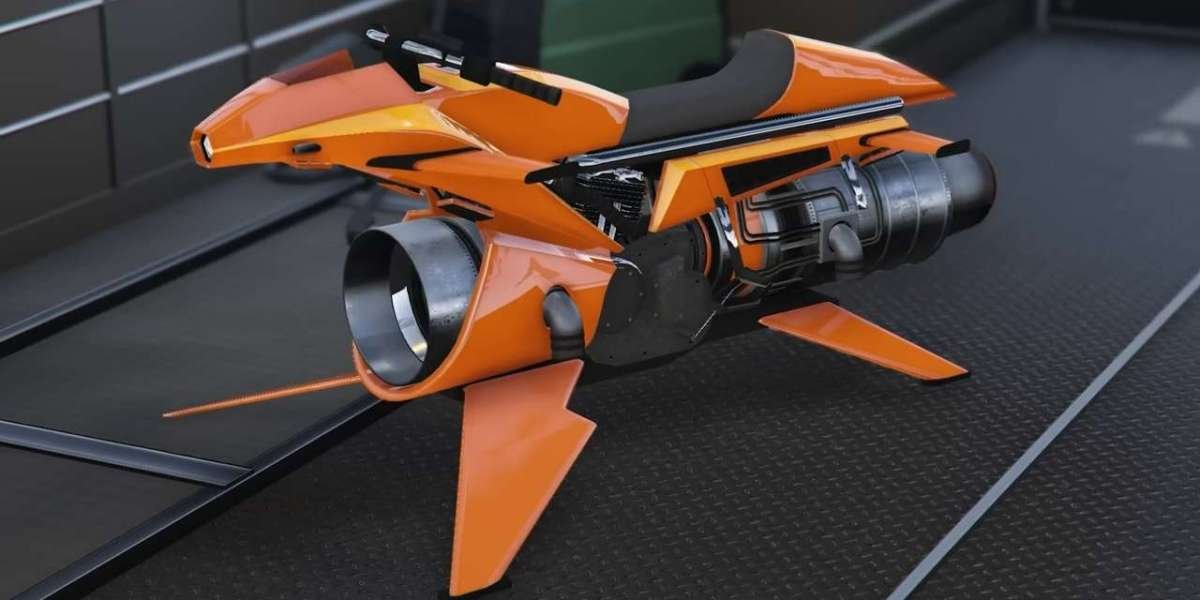Since its launch in 2013, GTA Online has allowed players to live out their criminal fantasies by engaging in activities such as robbing stores, completing heists, and buying and customizing cars. In its early years, the game carried a gritty, street-level crime atmosphere where players gradually built their empires either solo or with friends. Updates like the Lowriders expansion deepened this identity, letting players personalize classic cars while keeping the gameplay grounded in realism and street culture.
From Street Crime to Futuristic Warfare
Around 2015–2016, Rockstar began steering GTA Online toward flashier and more futuristic content, moving away from its grounded tone. This shift picked up speed with the Gunrunning update in 2017, which introduced military-style vehicles, including the Oppressor Mk I. While powerful and fast, the vehicle still felt somewhat balanced within the world.
The turning point came with the Doomsday Heist update in late 2017, which added the Deluxo, a flying car inspired by the DeLorean from Back to the Future. Easy to control, armed with homing rockets, and highly versatile, the Deluxo marked Rockstar’s growing embrace of over-the-top, sci-fi-themed elements.
The Arrival of the Oppressor Mk II
In 2018, the After Hours update introduced the Oppressor Mk II, a flying motorcycle equipped with homing missiles. Unlike anything seen in GTA Online before, it was extremely fast, agile, and lethal, quickly becoming both iconic and controversial. Its presence reshaped how players approached the game, but not always for the better.
Griefing and Toxicity
The Oppressor Mk II became the primary tool for griefers, enabling players to disrupt missions and businesses by destroying them from a distance. This constant threat frustrated the community, as attacks could happen anywhere with little warning or defense. Rockstar attempted fixes—nerfing the missiles, adding cooldowns, raising prices, and offering countermeasures—but none fully solved the issue.
As a result, Rockstar eventually allowed players to sell business products in invite-only lobbies to avoid griefing. While this reduced frustration, it also undermined the game’s multiplayer spirit by pushing players into private sessions.
Loss of Identity and Accessibility Imbalance
Before the Oppressor Mk II, GTA Online missions required strategy, cooperation, and planning. Players carefully chose vehicles, coordinated with friends, and tackled heists as a team, which created a dynamic and immersive experience. Grinding for money was slower but naturally encouraged teamwork and interaction.
The Oppressor Mk II changed this dynamic entirely. Its unmatched speed and firepower allowed players to complete missions alone in minutes, bypassing the teamwork and creativity that once defined the game. It became the ultimate tool for money farming, shifting the game from immersive crime roleplay to fast, efficiency-driven grinding.
This also influenced Rockstar’s design choices, leading to more solo-friendly content such as the Cayo Perico Heist, the first heist built to be completed entirely alone. Alongside other fast travel options like the Sparrow helicopter, players increasingly gravitated toward repetitive solo grinding instead of diverse, cooperative play.
Faster Gameplay, but Less Rewarding
While these updates made GTA Online more efficient, they also made the experience less engaging. The rise of griefing pushed some users toward gta 5 modded accounts for sale as a faster way to recover losses. The grind lost its challenge, and with griefing still rampant, the multiplayer environment grew more toxic. Some players welcomed the convenience, but many argued the game had become more predictable and boring, losing the sense of accomplishment and community that once set it apart.
The introduction of the Oppressor Mk II marked a turning point in GTA Online’s evolution. What began as a shared, immersive crime world slowly transformed into a more solitary, efficiency-focused grind dominated by futuristic vehicles and griefing. This shift in identity continues to divide the community, raising questions about whether GTA Online can recapture the balance of challenge, creativity, and cooperation that originally defined its success.



